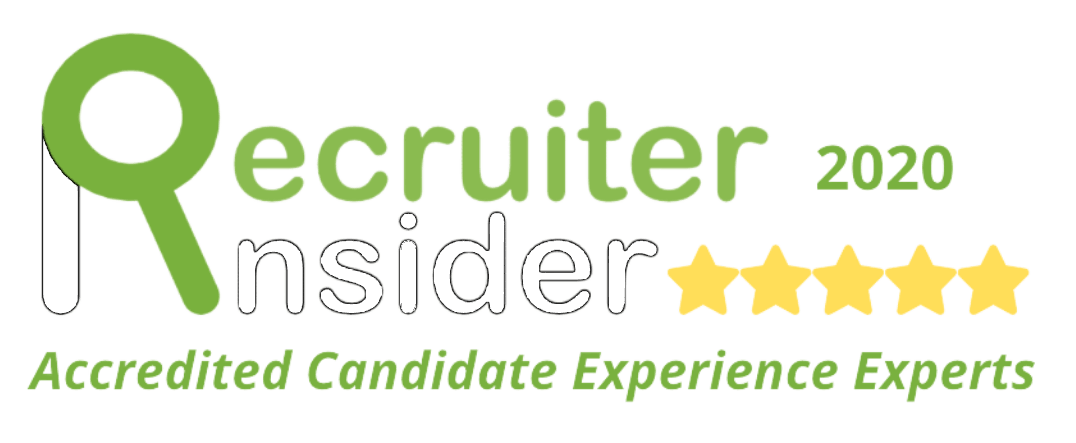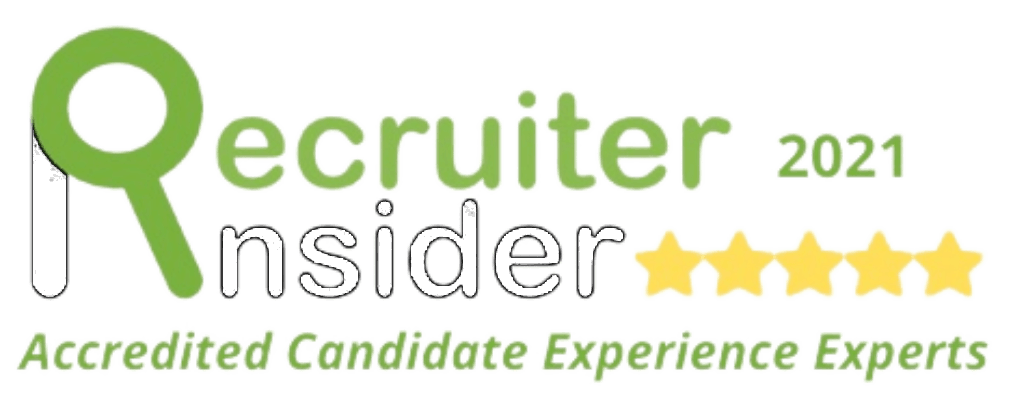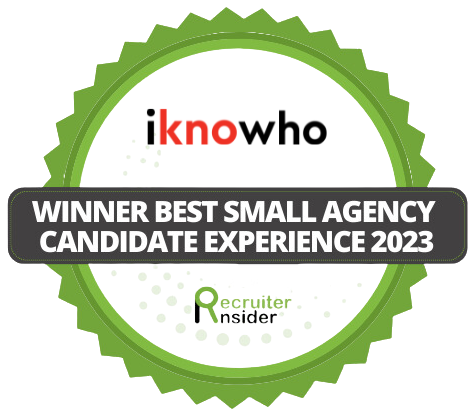Brekkie with Alan Joyce
Dene Gambotto • May 28, 2017
I have an extra spring in my step after joining the Ireland Funds of Australia intimate breakfast today…It wasn’t just the room of enthusiastic Irish or the coffee…it was the inspirational (and very practical) leadership tips Alan Joyce Qantas’ CEO shared.
Here’s my 5 tips from his talk today…
- Think big and be brave enough to think differently. Challenge the status quo. He quoted Henry Ford “If I had asked customers what they wanted, they would have said faster horses.” This style allowed him to do things differently to the industry - and the numbers show it’s paid off with the airline reporting a record full-year profit of $1.53 billion up 57 % on the previous year and the best result in its 95-year history.
- Don’t get bogged down in data and information. Joyce suggested leaders to fly at 35,000 ft – and when you notice something that makes you uncomfortable drop down to 5,000 ft to investigate, before making a quick decision and returning to 35,000 ft. Recruit the best and empower them.
- Remain humble; be a person who’s brave enough to not have all the answers. Remain curious and interested.
- Diversity matters Surround yourself with a diverse team to get the very best thinking. Develop an inclusive culture where people want to contribute. He believes that this diversity was key to getting Qantas through the turbulent times. We recruit for areas of Qantas and absolute feel this “inclusive” approach even as a business partner.
- Above all be yourself – be authentic and genuine. This builds trust and respect.
Earlier this year Joyce was named the boss most Australians want to work for – and having spent a short time with him today I can see why. I leave with a new #ceocrush

The final months of the year can feel like a sprint for many marketing teams. Campaigns wrap up, planning cycles ramp up, and suddenly there’s more work than hands to deliver it. If you’re feeling the pinch, a short-term freelancer or contractor might be exactly what your team needs - fast, flexible support without the long-term commitment. How a short burst of talent can keep your projects moving: 1. They hit the ground running Freelancers and contractors are used to adapting quickly. They step into new environments often, so onboarding is light-touch and momentum stays high. Short term freelancers are available and can usually start within a week. They offer the flexibility and agility needed to meet rapidly changing workloads & high project timelines. 2. Perfect for “we just need this done” projects From content bursts to campaign delivery, CRM builds or social execution - project-based specialists can take something off your plate entirely. Their diverse experience working with different businesses and brands results in also bringing a new perspective & injecting fresh energy into the team. 3. Flexible, budget-friendly resourcing Short-term contracts give you the expertise you need only when you need it. No tied-up headcount, no long commitment and using our payroll services can help you get around head count issues too. 4. They help protect your team’s bandwidth Instead of stretching your people thin (or risking burnout), temporary support keeps things moving without compromising quality. Many agency suits and marketers build a career through freelancing. 5. Competitive Rates iknowho freelancers are paid a day rate which includes a loading for leave entitlements. There are no upfront fees, you only pay for the days they work. Download our salary guide for day rate equivalents, or use our day rate calculator here . Where we’re seeing the highest demand Campaign execution & go-to-market support Content, social & creative delivery Email, CRM & lifecycle marketing projects Generalist marketers to support BAU Project managers for short sprints Marketing operations support The real benefit? Momentum. Short-term freelancers keep work flowing during the busiest, most pressure-filled periods. They make sure nothing stalls and that your team stays focused on the high-value work only they can deliver. If you’re weighing up whether temporary support could help, the answer is usually yes. And we’re here to make it easy. Reach out to one of our experienced Talent Partners to discuss your needs today.

For many growing businesses, marketing is often something that gets added to the to-do list of already busy managers or existing teams. A social post here, an email there, and maybe a campaign when there’s time. But without dedicated expertise, marketing rarely delivers the consistency and commercial results your brand needs to grow. If you’ve been wondering whether it’s time to bring in a dedicated marketing resource, here are the key things to consider and how to ensure your first hire is set up for success. 1. The Telltale signs If your demand generation has stalled, you’re struggling to convert interest into sales, or your brand presence feels disjointed, it’s time to stop relying on ad-hoc efforts. A dedicated marketer can build and execute a strategic plan that drives consistent results and positions your brand for long-term growth. 2. What to avoid It can be tempting to look for a “jack-of-all-trades” who can do a little bit of everything. The reality? Even the most talented marketer will struggle without clear goals and defined outcomes on what the business is looking to achieve. Hiring without clarity can lead to underwhelming results and frustration on both sides. Be specific about the expertise you need and the outcomes you expect. 3. Why this hire is so important to get right Your first marketing hire is more than just another role, it often lays the foundation for your brands future growth engine. The right hire can build momentum and shape how your future team evolves. The wrong hire however, can stall progress, waste budget, and leave you back at square one. 4. Fractional vs full-time Not quite ready for a permanent commitment? Fractional marketers can be a great short-term solution to get things moving while you build the case for a full-time hire. Just be clear on their remit. Fractional marketers are ideal for campaigns, projects, or interim support, but they’re not typically suited to long-term brand building or team development. 5. What kind of marketer do you actually need? Marketing as a discipline is broad, as are the tools used to reach your desired target audience. Do you need someone to drive digital acquisition, manage partnerships, develop content, or build brand strategy? Start by clarifying your business’s biggest priorities and pain points, then match the skillset accordingly. The clearer you are upfront, the better the outcome. 6. How to set them up for success Hiring the right person is only half the job. To see results and maximum impact, you need to set your new hire up for success. This means: Clear KPIs so they know what good Vs great looks like The marketing tools and access to the resources they need to deliver Integration into cross-functional conversations with key decision-makers from day one Bec Godkin, Senior Talent Partner says “Marketing can’t succeed in a silo. The deeper your marketer is connected across the business and understands the various levers that shape success, the greater their impact will be” Hiring your first marketer is an exciting step - it signals growth, ambition, and the desire to build something bigger. By being clear on what you need, avoiding common pitfalls, and setting your hire up for success, you’ll give your business the best chance to thrive. At iknowho , we specialise in helping brands make their first marketing hire. If you’d like to talk through what kind of marketer is right for your business, we’re here to help.








